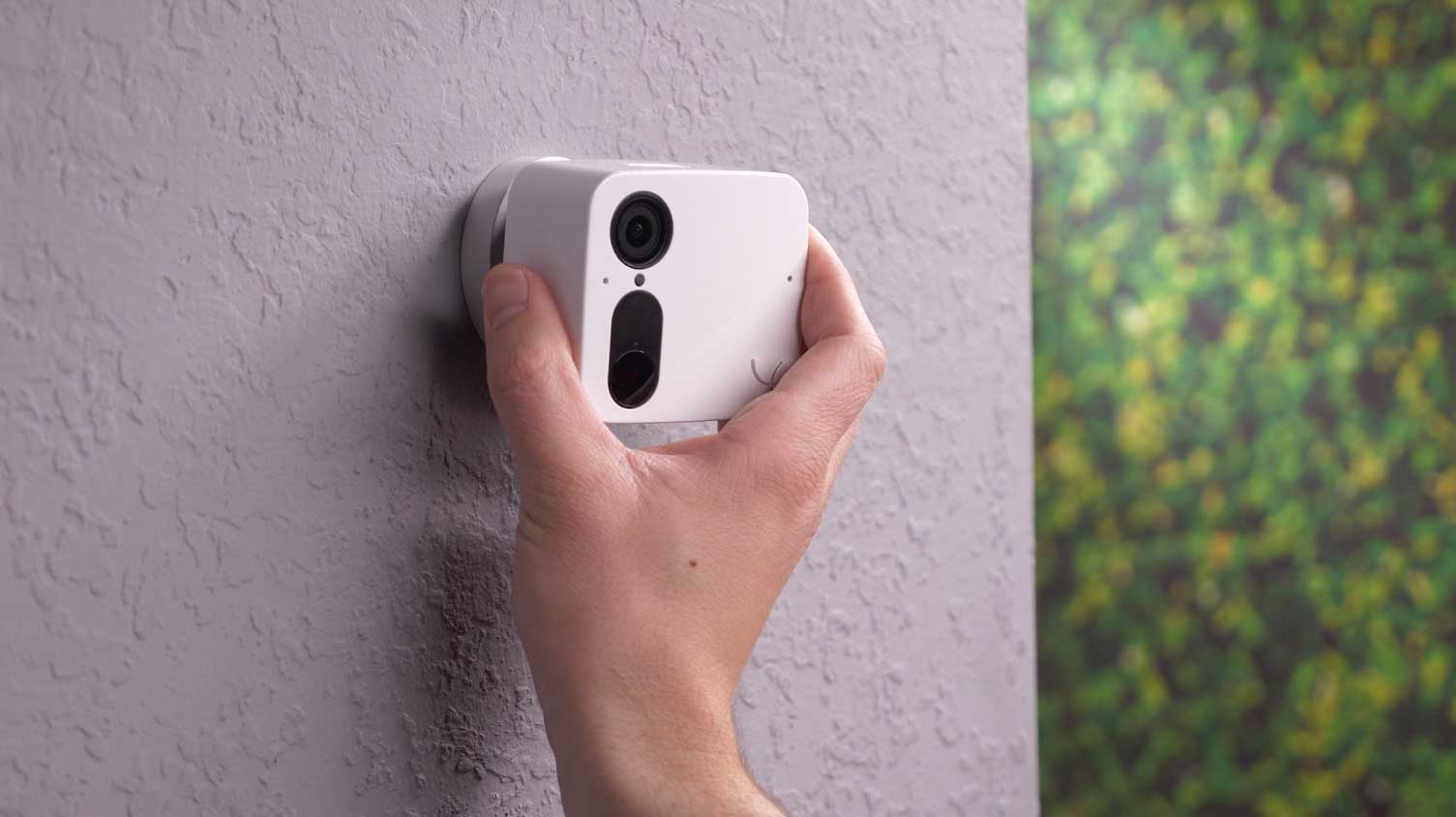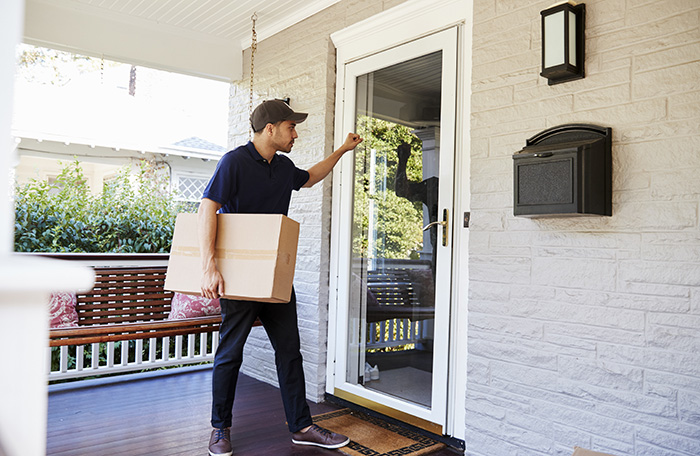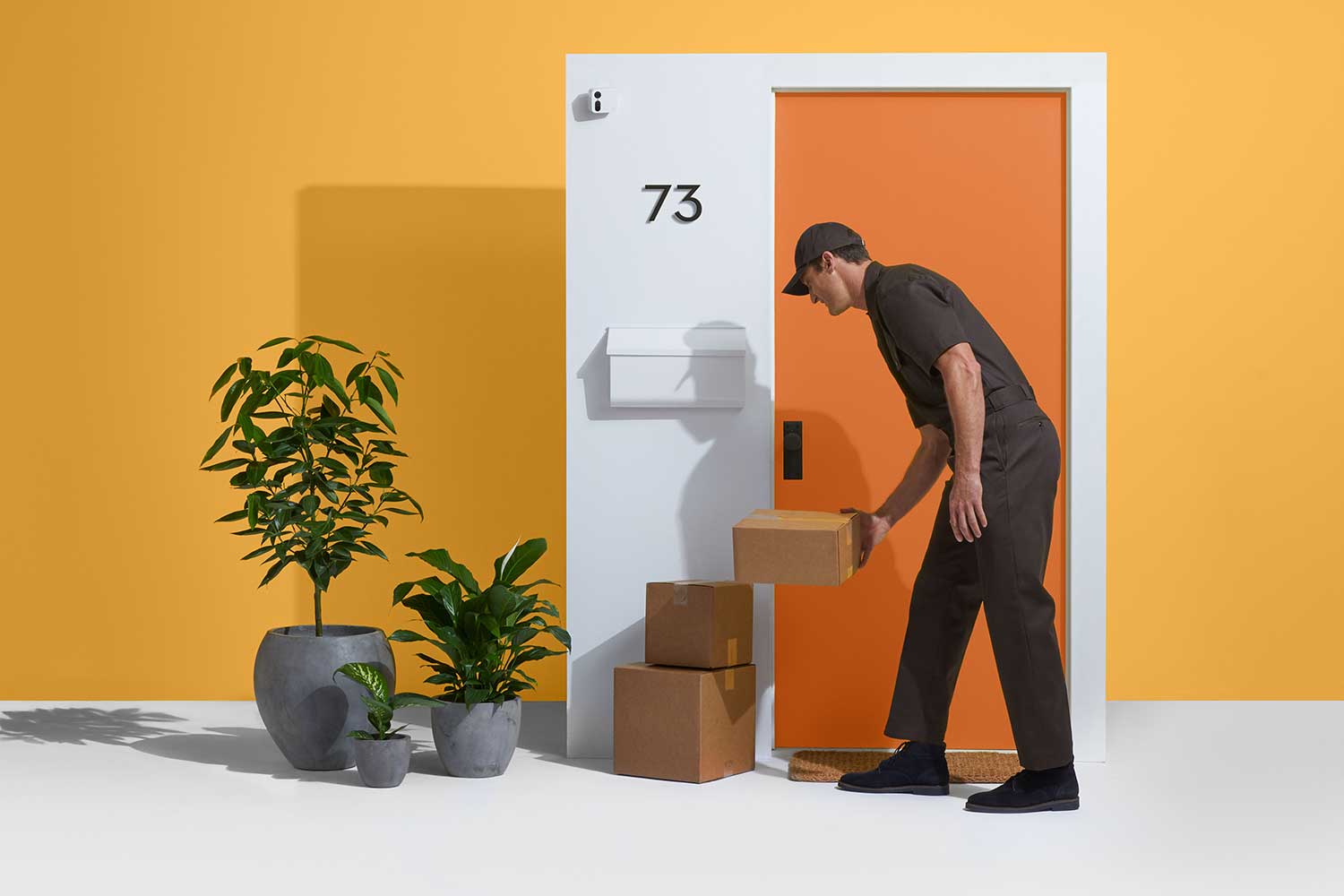How to position your smart camera for the best field of view

Your smart camera is the eyes and ears of your security system, but you need to put it in the best position to see what’s happening. That’s easier said than done, since you can’t exactly predict where robberies will happen. There are, however, a number of things you can do to maximize the possibility of capturing incidents.
One thing you can do is to put your camera in the right places in your home. The other thing is that you need to learn how to use its field of view to best angle your camera. But what exactly is field of view, and how can you use it to your advantage? We’ve put together this guide to help you figure it all out.
What is field of view?
Field of view is a fairly fancy term for something we all understand. Essentially, the field of view is what the camera can actually see. Everything a camera can capture is in its field of view.
It’s not to be mistaken with the term “angle of view.” There are a number of disagreements about the two terms. Some people believe they mean the same thing, while other people believe there’s a small difference. For our purposes, angle of view isn’t too important.
You just need to know that the field of view is what your camera can see. Field of view is often expressed as a numbered angle. For example, some cameras have a field of view of 130 degrees. But what does that mean, and how does it work?
How does field of view work?
It’s best to think of the field of view as a cone of vision. The wider the field of view, the larger the vision cone is. This has a number of benefits and drawbacks in the world of cameras.
Cameras often use lenses that balance field of view and focal length, which is the distance the camera can see. The shorter the field of view, the longer the focal length. That means that if your camera has a smaller field of view, it should be able to see things further away. You can see this effect when you look through a telescope.
On the other hand, the wider the field of view, the shorter distance your camera is going to cover. The view that’s determined by the combination of field of view and focal length is called the viewing angle, and there are five main types that are used by cameras.
Superwide-angle
Cameras with superwide-angle lenses have field of views of 180 degrees. They can see everything in front of the camera, which creates a fisheye effect that distorts the image. You can see this in some peepholes.
This angle can be good for security, but it often distorts the image too much to be usable to identify burglars and robbers.
Wide Angle
Wide angle cameras often have field of views between 60 and 110 degrees. More modern smart cameras tend to go beyond 110 degrees to provide a little more coverage. Cameras in this range are the best for smart security cameras, as they provide enough distance and width to cover an entire yard.
Standard/Medium
This is where traditional photography cameras come in. These cameras, like the one in your phone, are often built to capture the world in slices. That’s why they balance out the field of view and focal length to give you a good all-around experience.
Standard lens have far smaller field of views than the 135-degree field of view the human eye uses, instead sitting between 25 and 60 degrees. However, it’ll also allow you to see slightly farther than human vision.
Telephoto
This is where cameras start to sacrifice field of view for focal length. The easiest way to think about telephoto is that it’s the standard lens, but zoomed in 2X.
The image often has half the field of view of a standard lens, but it also is zoomed in twice as much. Many smartphones in the past couple of years have added a telephoto lens, allowing you to see the difference in real time with a quick button press.
Super Telephoto
Super telephoto lenses cut down the field of view to between 1 and 10, increasing the focal length to between 160mm and 600mm. They are best used by nature photographers who are trying to get a great look at something very far away, like an animal. Unless you know what you’re looking for, super telephoto lenses aren’t too helpful.
How do you position your camera for the best angle?
The best angle for security purposes is often wide angle. While wide angle often means you won’t get as much detail as a telephoto or super telephoto, you will be able to monitor a wider area of land while still getting some detail.
Plus, if your camera is in high resolution – either 1080 or 4K – you’ll have enough detail for yourself or police to identify potential suspects.
To capture these moments you’ll need to position your camera for the best angle. There are two things to keep in mind here: height and room positioning.
Camera Height
There are two heights you’re going to want to consider for your cameras. The first one is just above hip level. It’s best for when you’re putting your camera on a table or acting as a virtual peephole for your front door.
You’ll be able to see most of everything, but if your room is too small you may get some weird distortions. That’s why this angle is best for wide, enclosed spaces, like a living room or a front porch. On a front porch, it could even help you see your entire front yard, driveway and street.
The second angle is up high, pointed slightly downward. This angle works just as well indoors and outdoors. It’ll allow you to see everything while also being relatively out of sight. In your home, this will allow you to put it in many rooms. You’ll be able to cover the outside of your garage, your front yard and especially your back yard if you choose to put it outside, too.
Room Positioning
The second thing you need to consider is arguably more important than the first. If you put your camera in the wrong place, it won’t matter what height you have. For example, if you put your camera up high in the middle of the wall, your footage may get distorted on the sides.
That’s why the best place to put a camera, outside or inside, is in a corner. If you put your camera in the corner of a room, it’ll be able to cover the longest distance in your room, which is often corner to corner. This will help take advantage of its wide angle lens.
Similarly, putting your camera on the edge of the back or front walls of your home, letting it have a corner view of your back or front yard is ideal. You’ll see your yard as a diagonal, again letting it cover the maximum amount of space.
This also helps it avoid dead spots, which can happen when you put a camera in the middle of a wall. This can allow smart burglars to stick to walls and avoid detection by the camera.
Get an easy-to-install camera.
Every room, yard and home is different. That makes finding the best angle for your camera’s field of view a bit of a personal quest. You need to put it up and test it to see what exact height and corner works best for your home.
One way to make that process just a little bit easier is to get a camera with a good field of view and easy installation. The more versatile your camera is, the better chance you have of working them into your home. You can even use it in conjunction with Ooma Smart Security to fully protect your home.
Also Read: The Airbnb Host’s Guide to Smart Cameras



